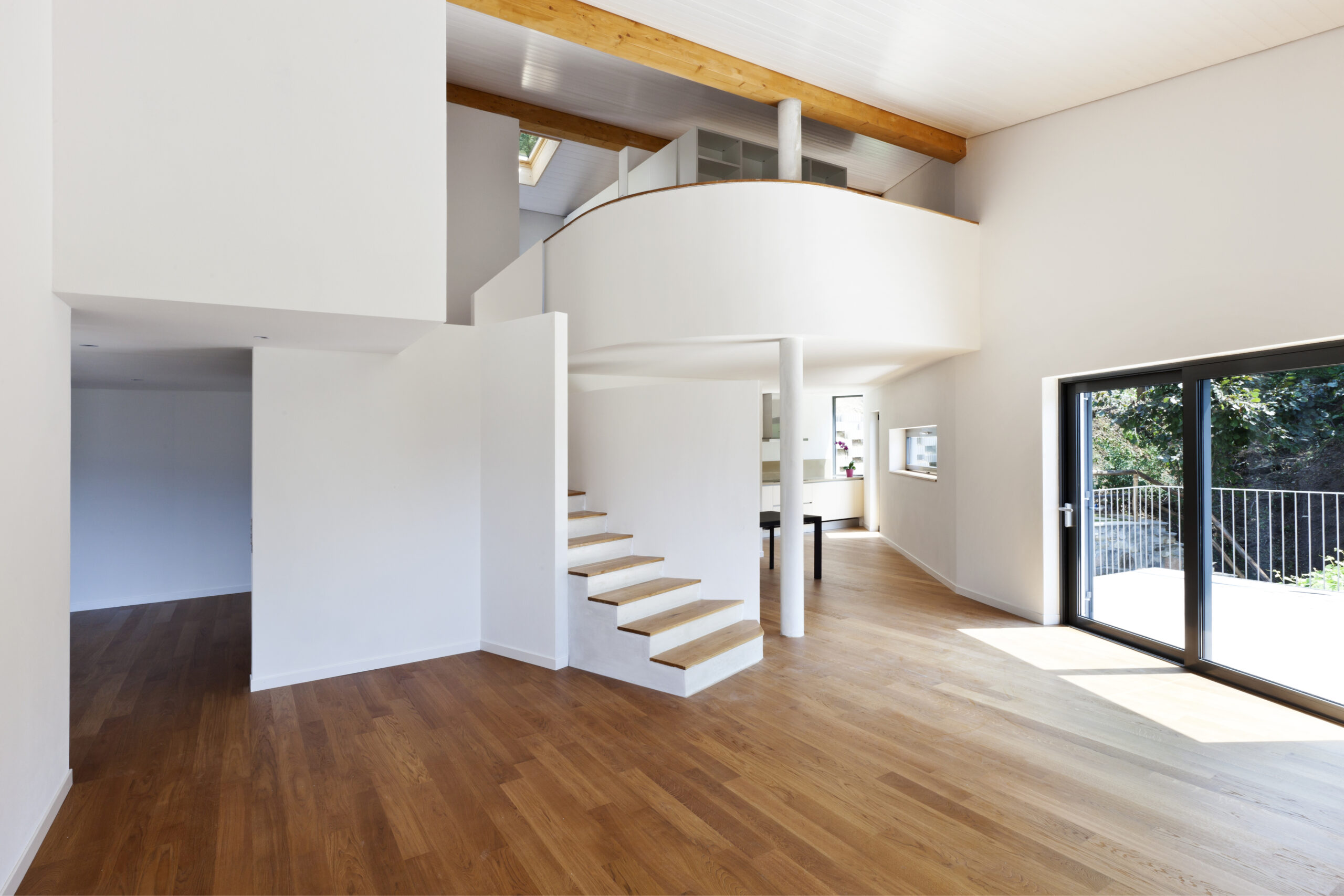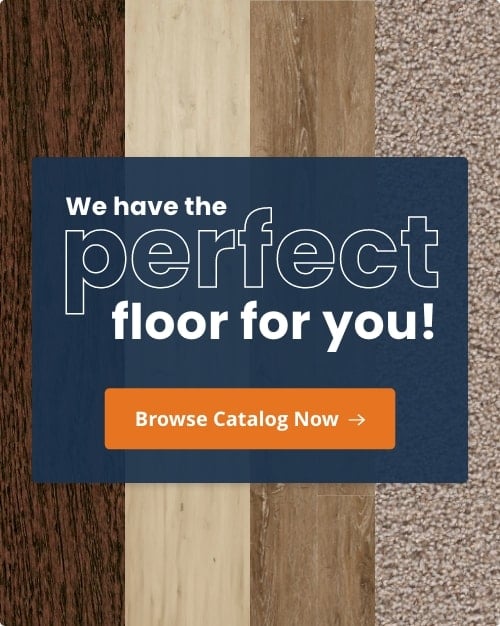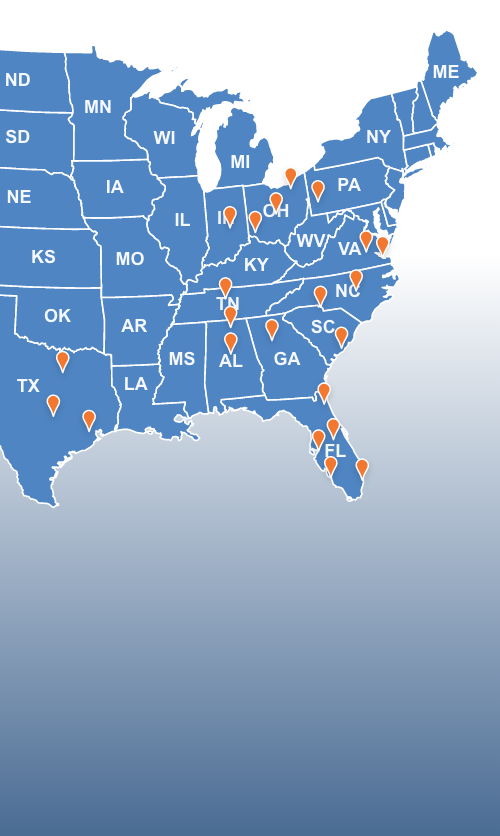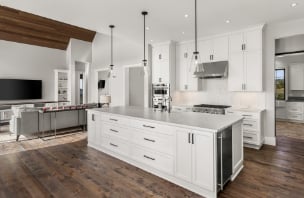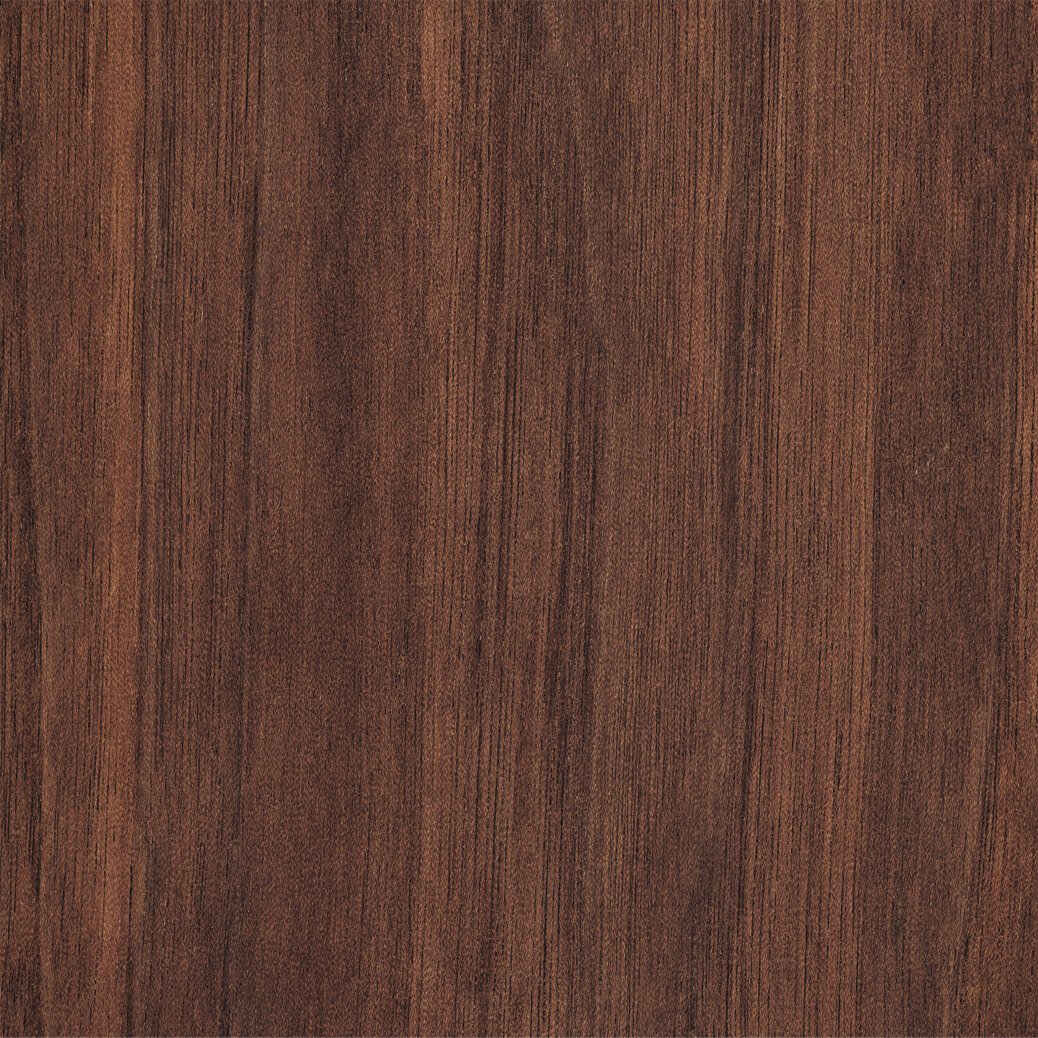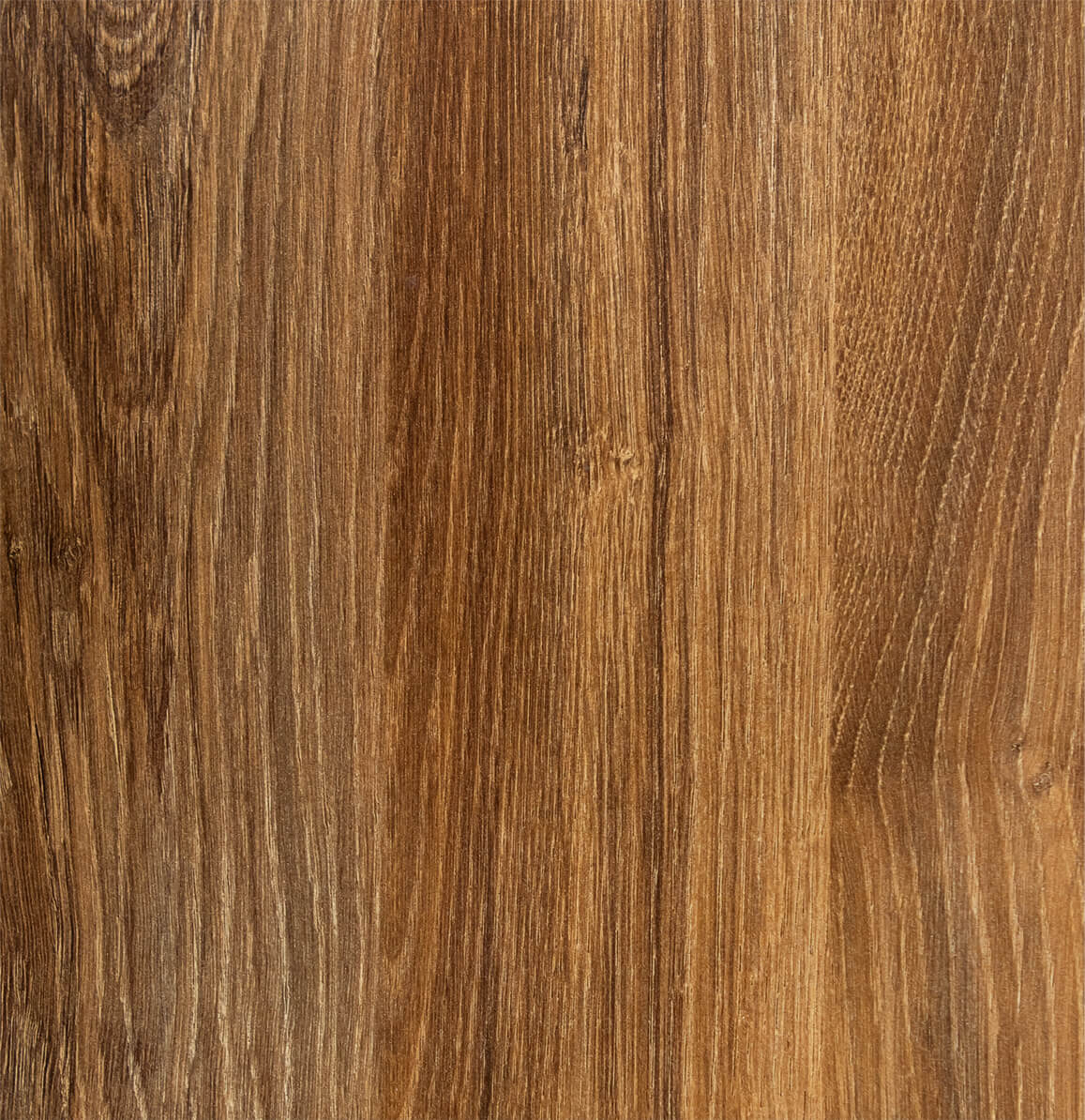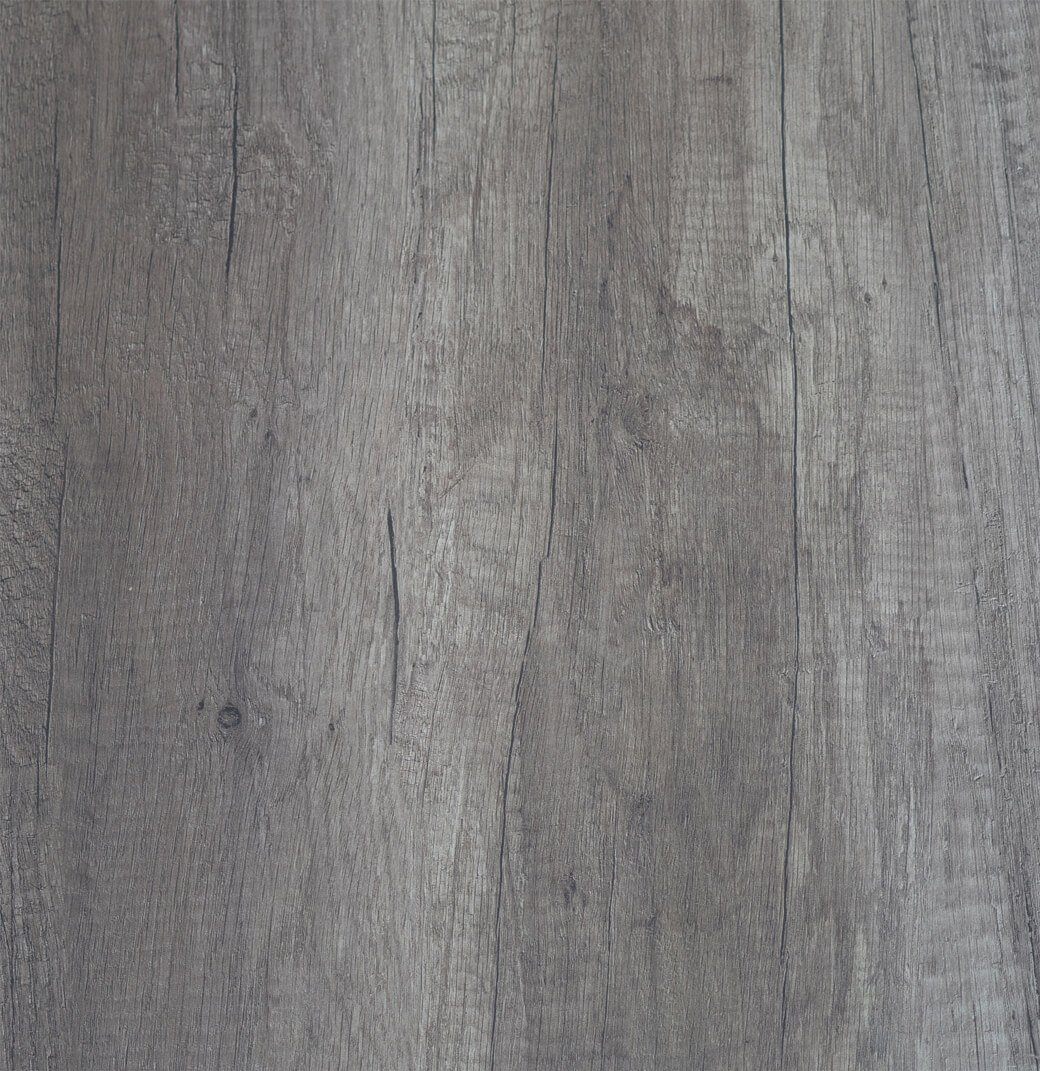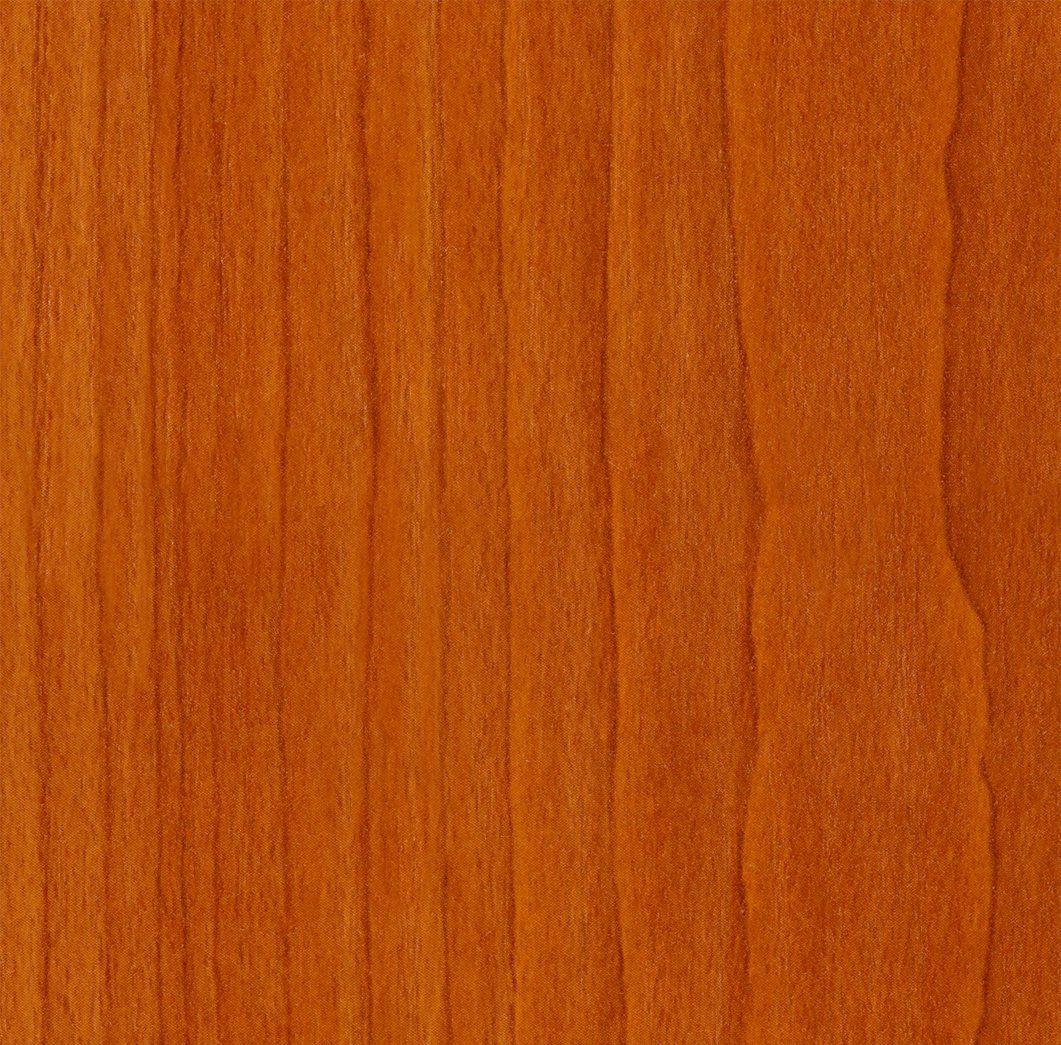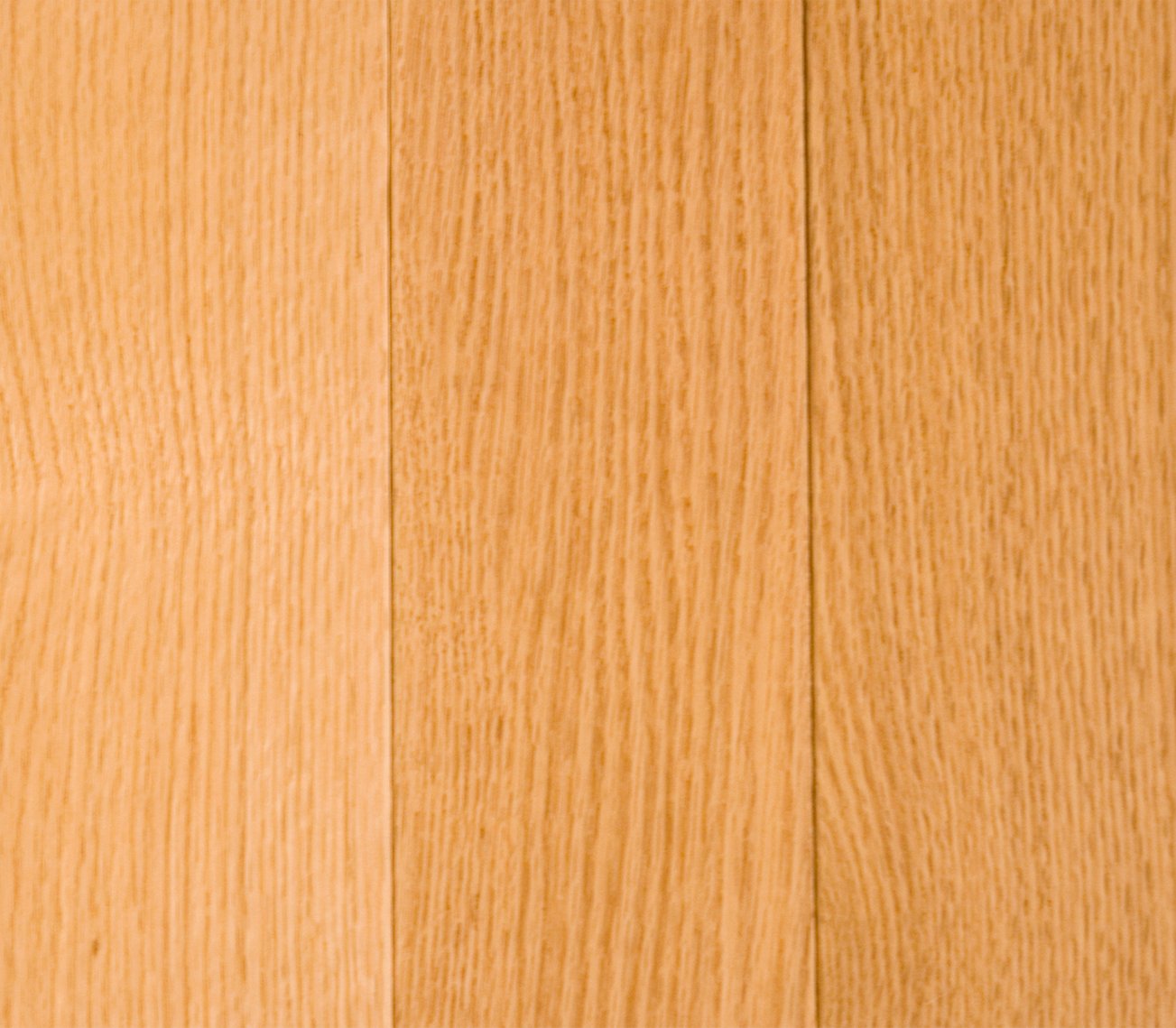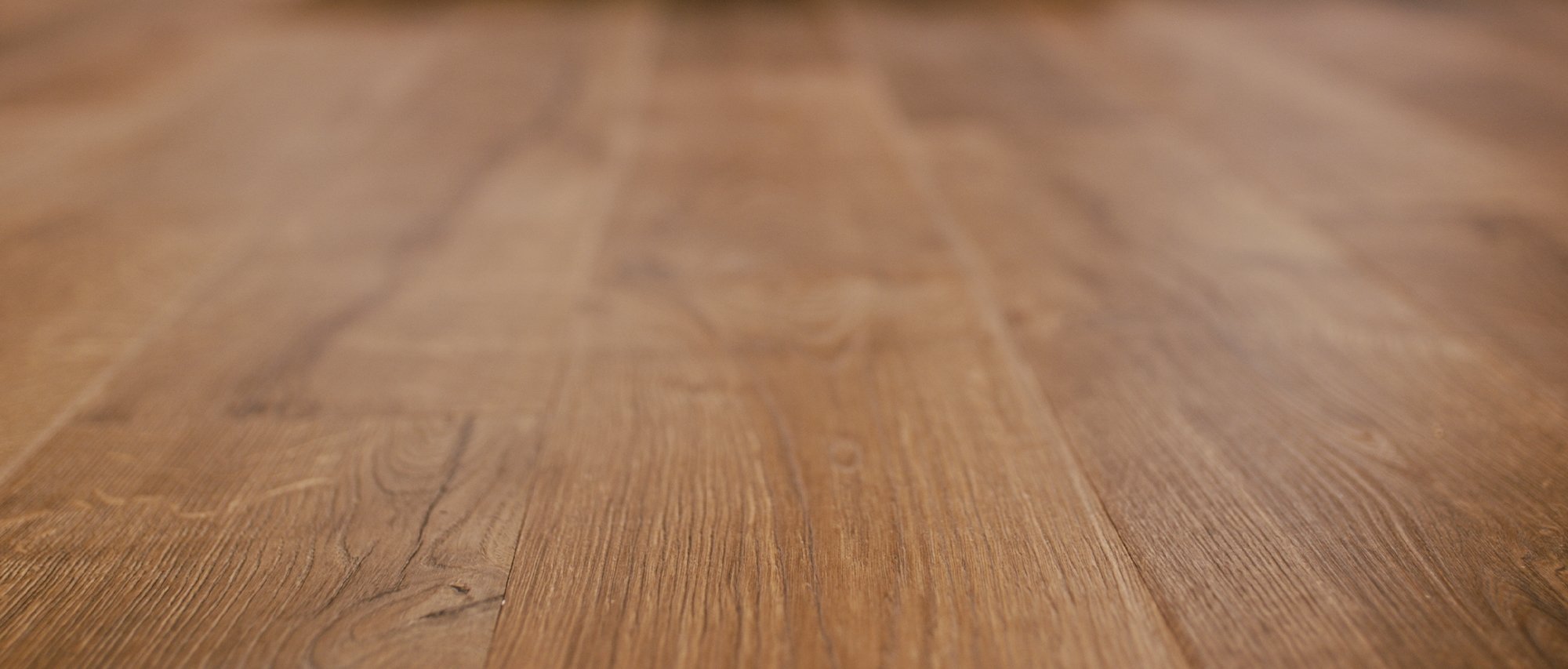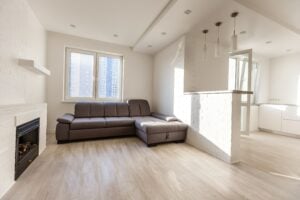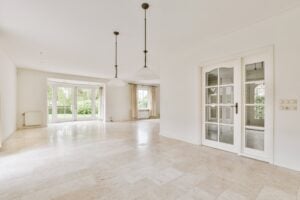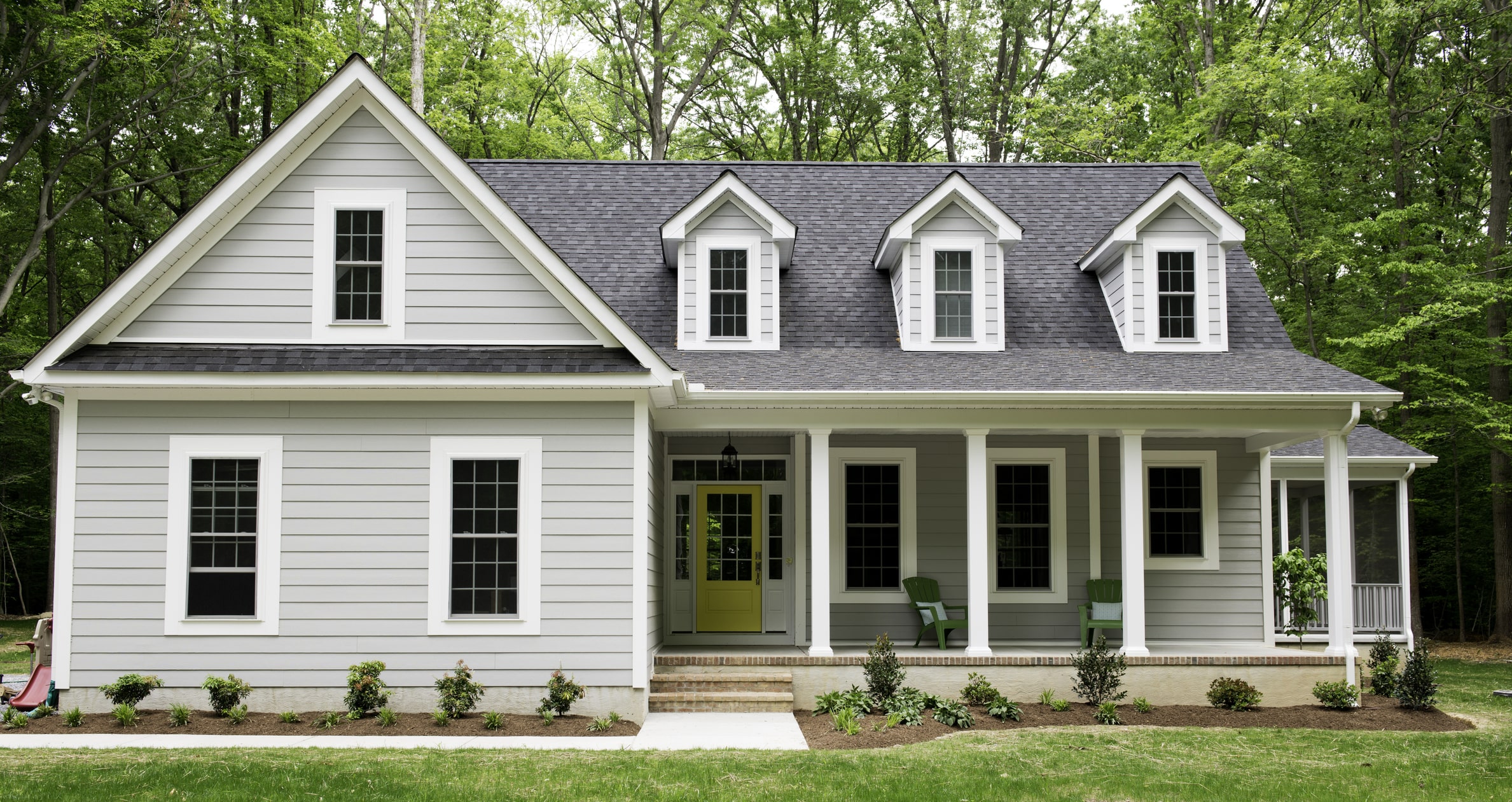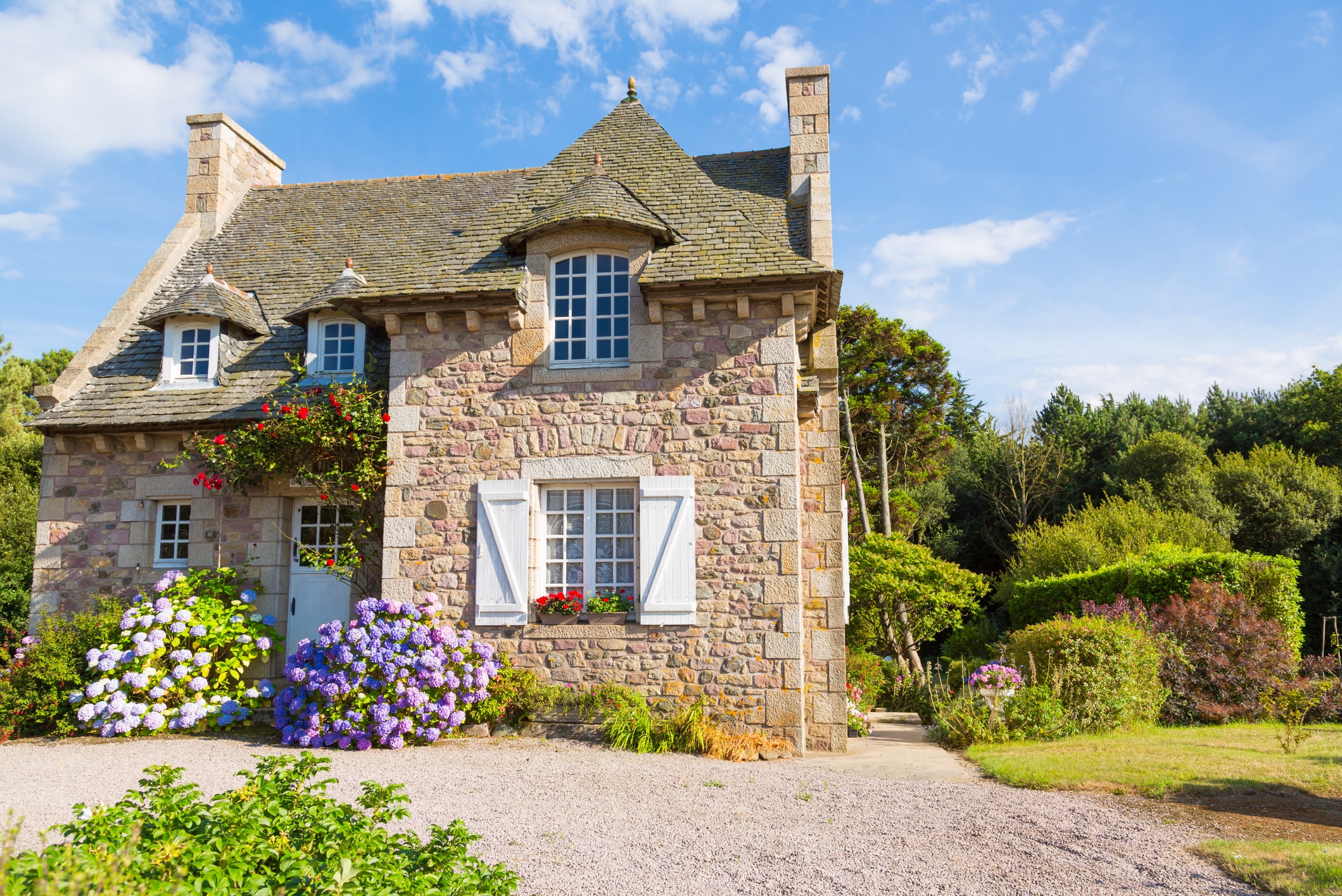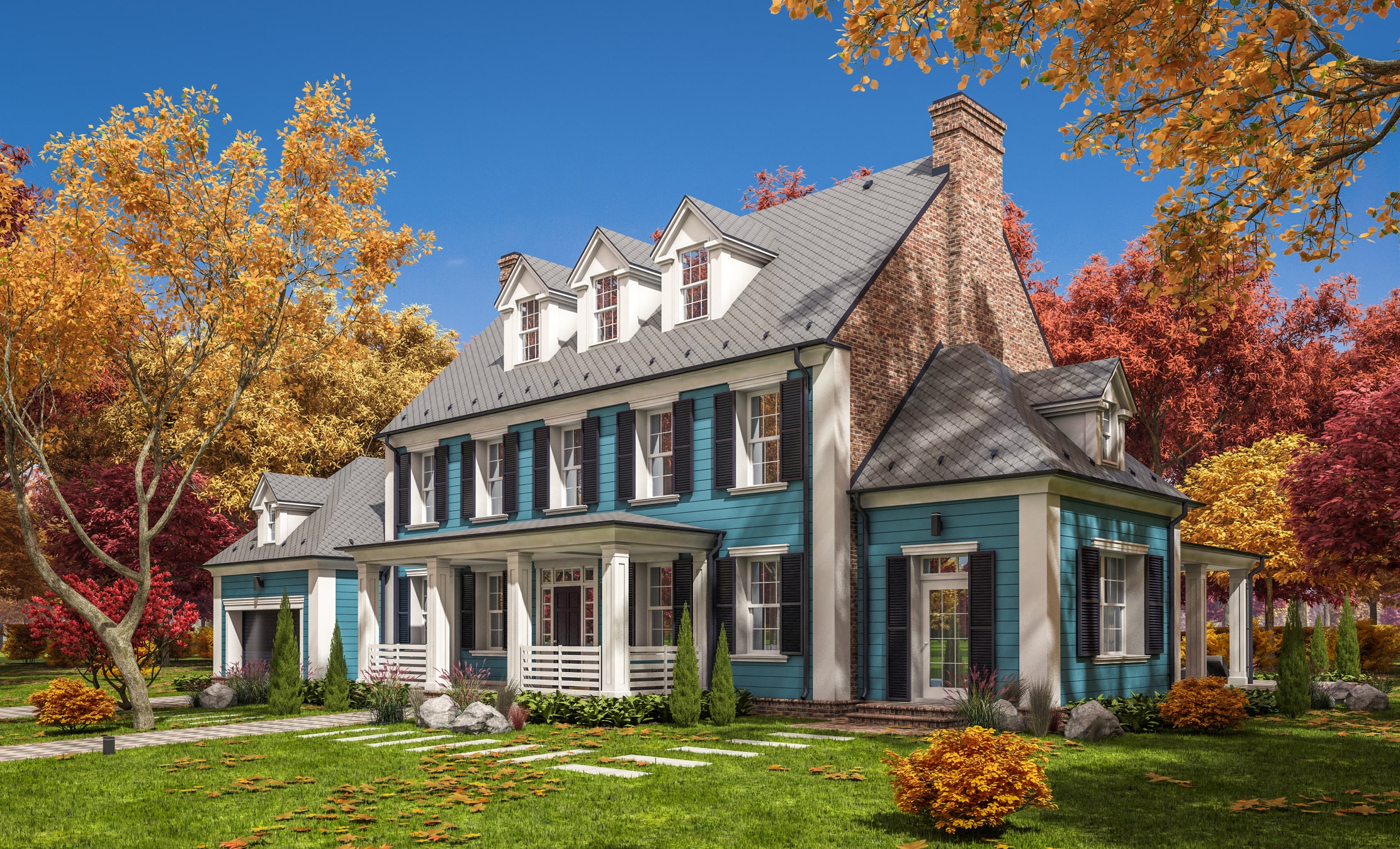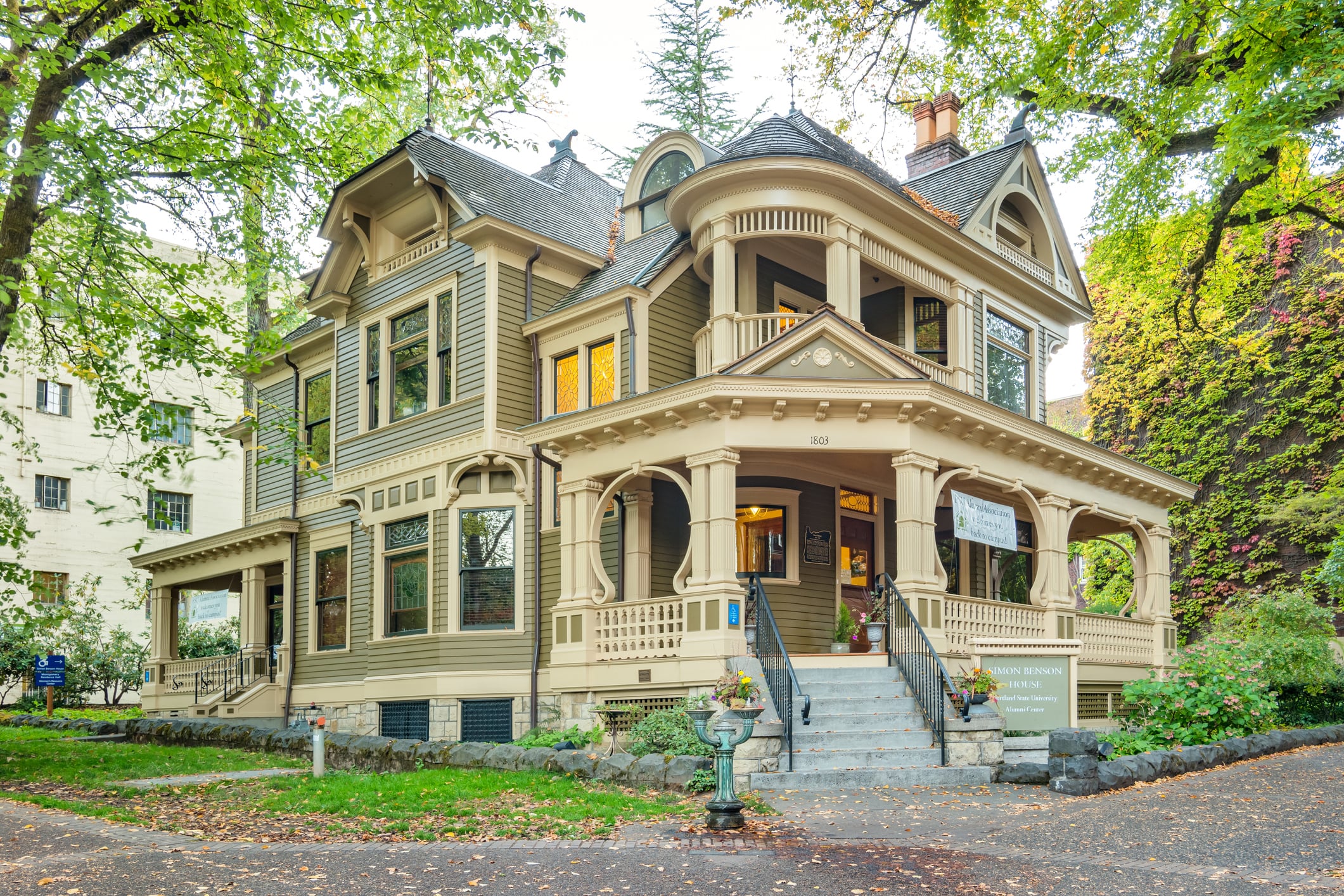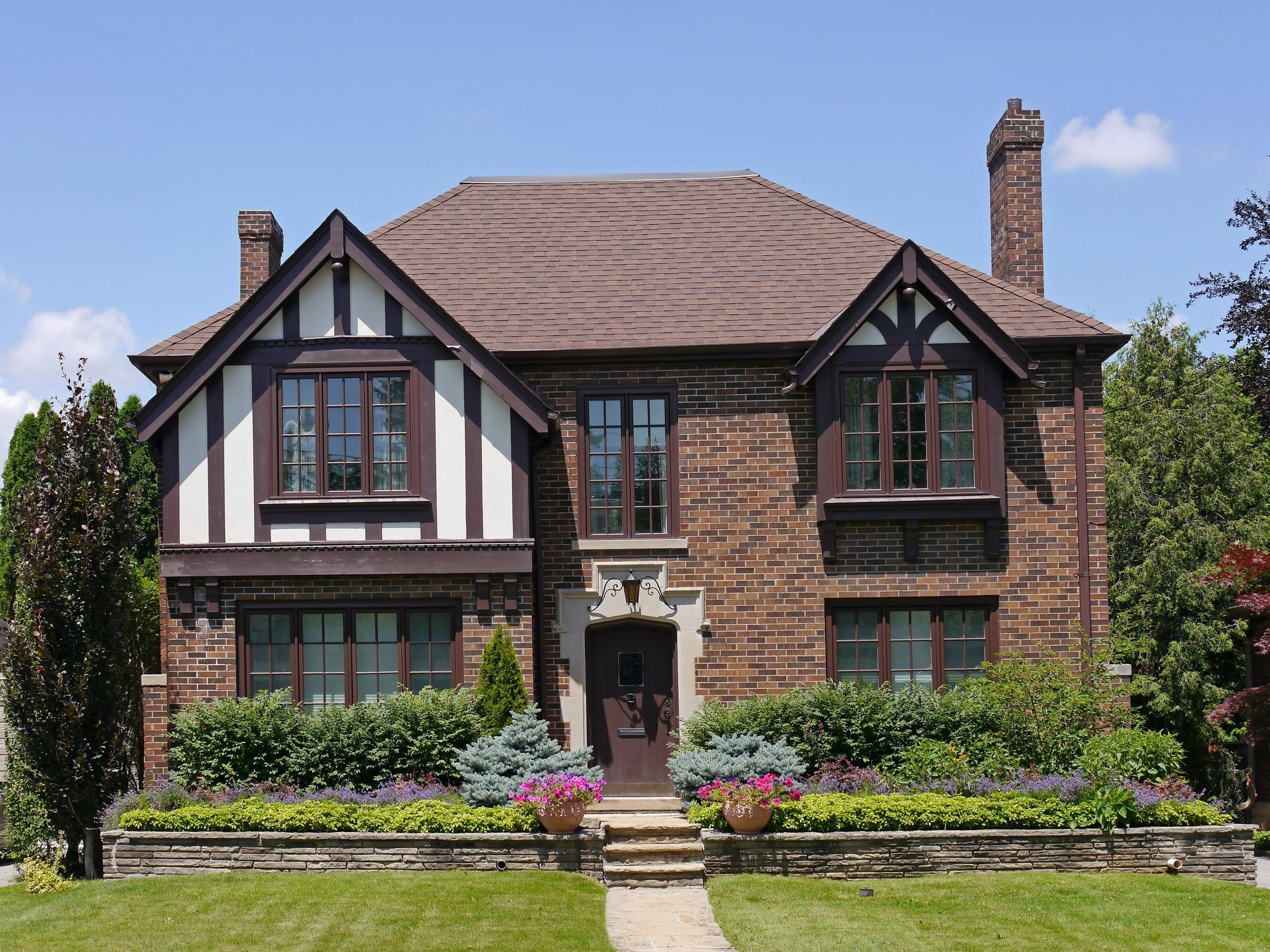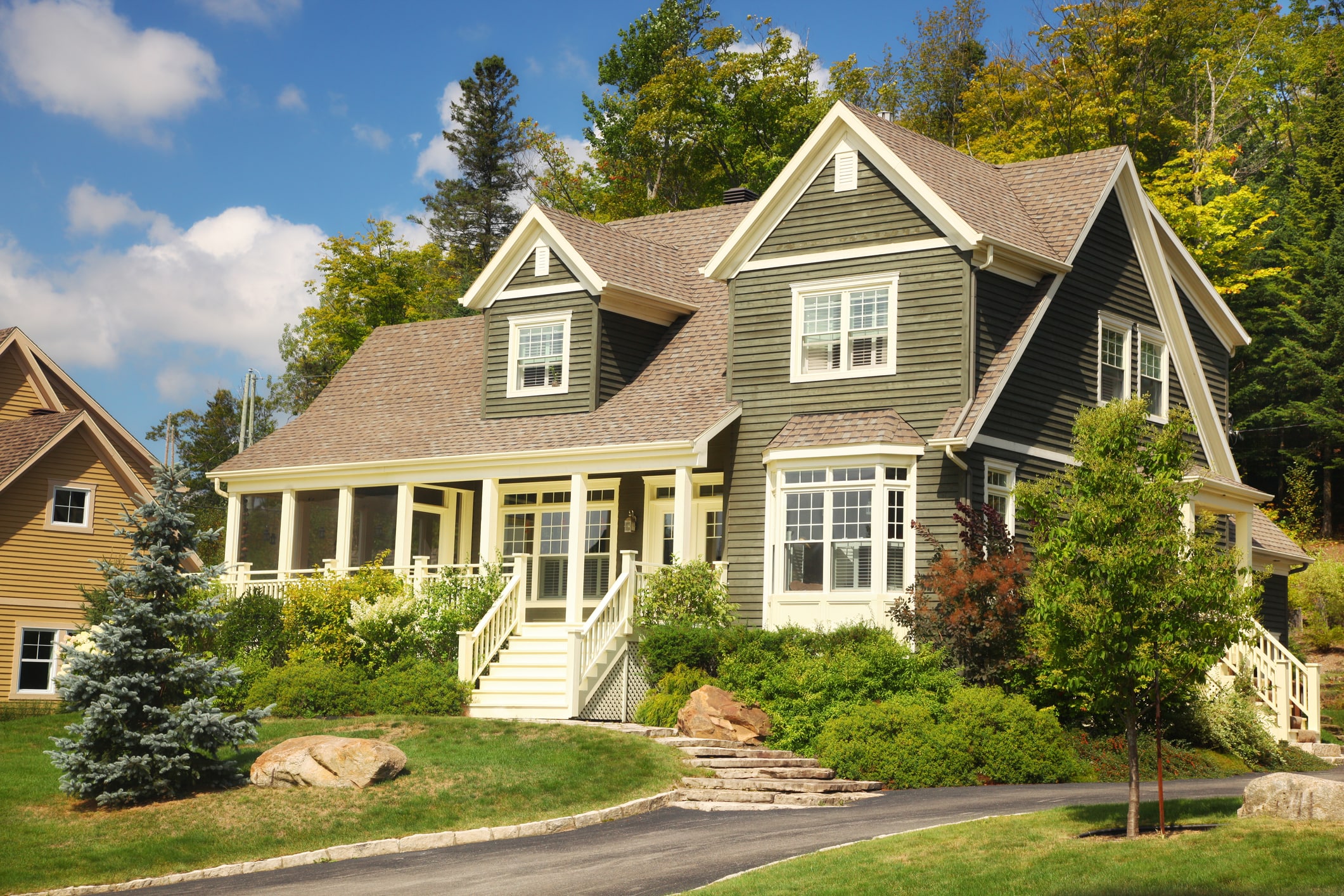From determining the right type, species and color to understanding proper care techniques, there are many considerations when choosing hardwood flooring for your space. Luckily, we have everything you need to know right here. Browse this handy guide for types of hardwood flooring, color choices, cleaning tips and more!
Hardwood Flooring 101
When it comes to choosing hardwood flooring, the process is a little more complex than simply picking something that looks pretty in your home. You’ll also want to consider factors such as:
If you’re interested in learning about the basics of hardwood flooring, check out our Hardwood Flooring 101 guide for everything you need to know as a beginner!
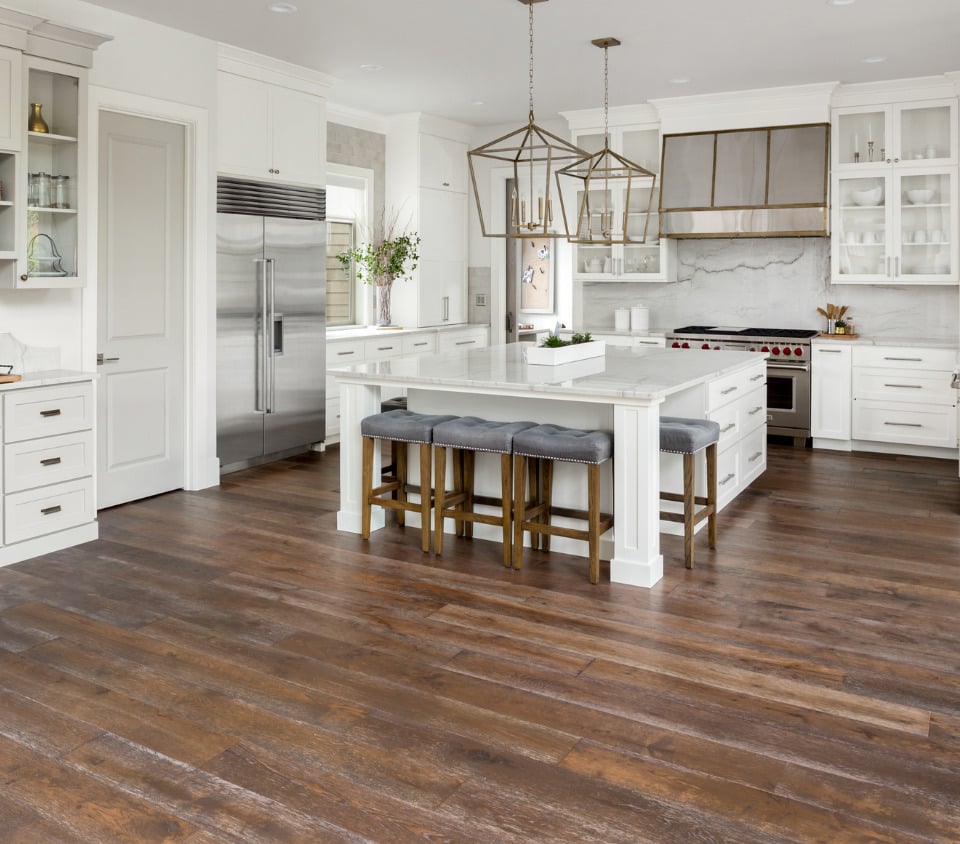

Types of Hardwood Flooring
Learn more about types of wood floorsEvery room in your house reflects the unique style and vision you have for your home. Whether you have a traditional home, modern home, or rustic style home, the right hardwood floor can tie the whole aesthetic together. Quality flooring is also fundamental to your home’s functionality, so consulting a professional with extensive knowledge about hardwood flooring is a must.
Let’s look at two popular types of hardwood flooring below!
- Engineered hardwood: Engineered hardwood is highly resistant to humidity and moisture, accommodating a variety of spaces. It’s also a more cost-effective option than solid wood.
- Solid wood hardwood: Solid wood is highly durable, allergen-resistant and easy to maintain. Its superior acoustics, quality and attractiveness add value to your home.
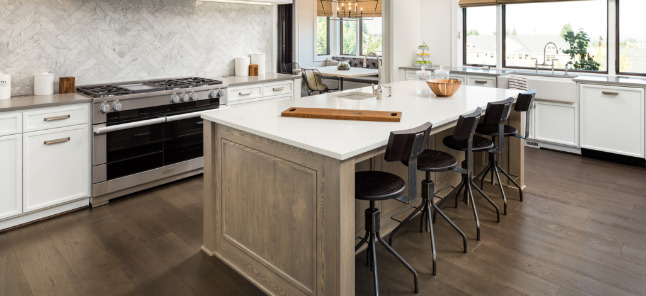

Engineered Hardwood
First, engineered hardwood flooring contains a thin strip of durable wood species over high-grade plywood, which are compressed into a criss-cross design. The plywood is stable enough to resist cupping and warping from moisture, meaning it won’t expand and contract with the changing seasons.
Unlike solid hardwood, you can place engineered hardwood in areas like kitchens, bathrooms and basements provided they don’t have significant moisture exposure. Additionally, engineered hardwood tends to be less expensive than solid hardwood.
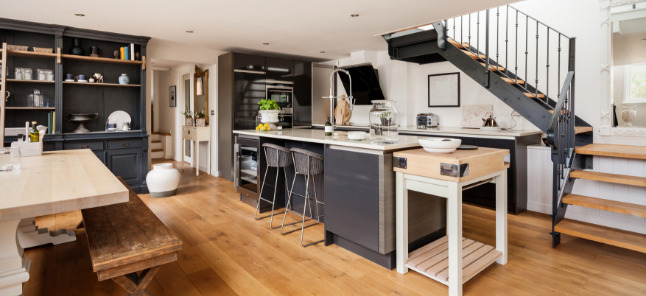

Solid Wood Hardwood
Next, solid wood flooring consists of thick, solid wood planks bonded with a tongue and groove along each side. Each plank typically has one piece of hardwood about ¾ of an inch thick. The wood can come in a range of species like oak, maple, cherry, bamboo or walnut, each offering a unique look.
With its natural grain and colors, many enjoy the authenticity and feel of solid wood. It’s also popular for its long life and durability. Because the boards are generally thicker than engineered wood planks, you can sand down and refinish them multiple times.
Hardwood Flooring Installation
At 50Floor, our installation process starts with helping you choose the right hardwood flooring. We’ll come to your home and show you various flooring options to help you determine what meshes best with your space. Tell us about your vision and ask us any questions so we can find a floor that meets your needs.
After you’ve made your purchase, we’ll go over all logistics such as warranties, ordering and installation agreements. Our vetted professionals will ensure a timely and stress-free installation process so you can enjoy your new floors as soon as possible.
To learn more about our hardwood installation process and how you can prepare for your new floors, checkout our hardwood installation guide here.
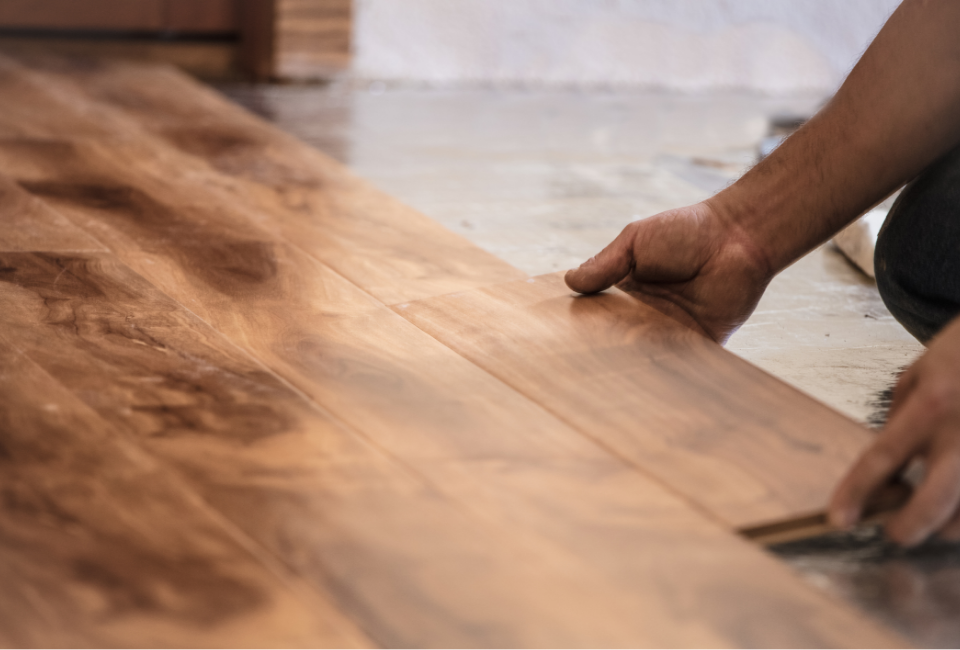

Hardwood Flooring Care
Next, here are some hardwood floor care and maintenance tips to keep it looking top-notch:
Explore our complete guide to caring for hardwood flooring for more helpful tips!
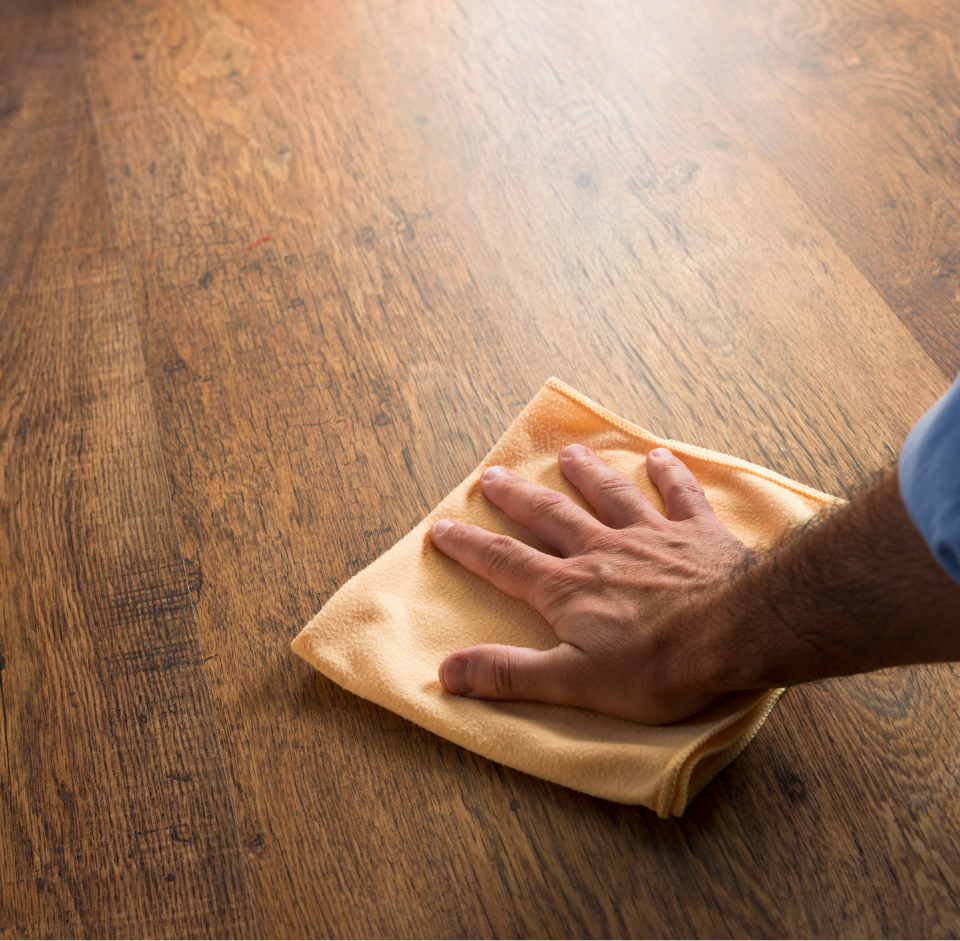

Best Flooring for Your Interior Design Style
Next, let’s look at the best hardwood for different home styles:
